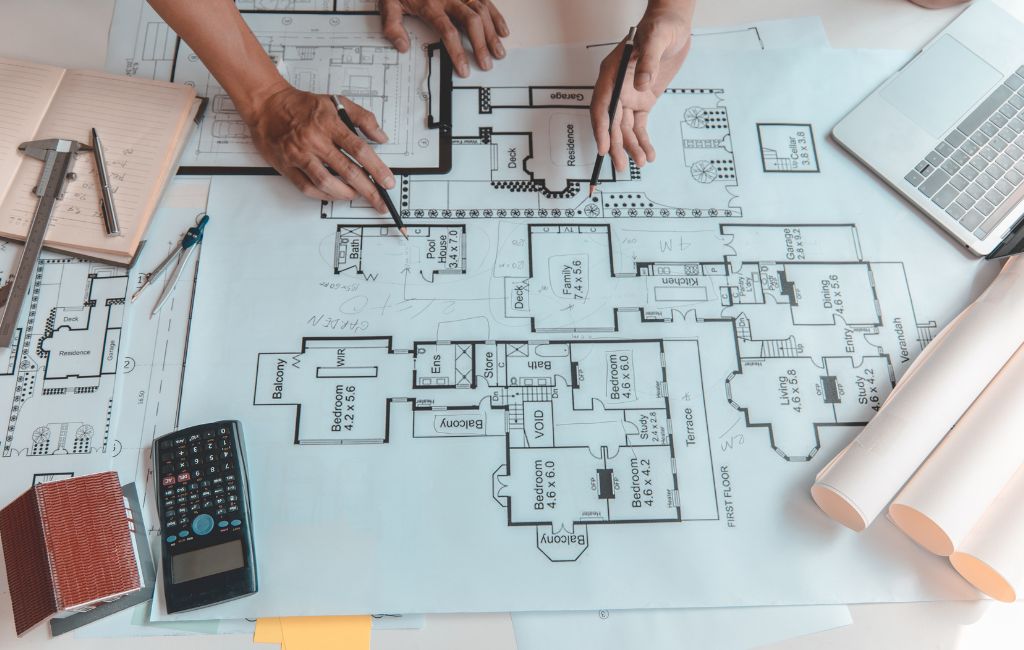Architect: Designing Spaces That Inspire and Function
Architecture is more than just creating buildings; it is about designing spaces that inspire and function seamlessly. The role of an architect is multifaceted, involving creativity, technical knowledge, and an understanding of human behavior. This article explores the various aspects of architecture, from the design process to the impact of well-designed spaces on individuals and communities.
The Role of an Architect
An architect is responsible for the conceptualization, design, and construction of buildings and other physical structures. Their work involves a blend of art and science, requiring a deep understanding of materials, engineering principles, and aesthetics. Architects must also consider environmental sustainability, cultural context, and the needs of the people who will use the spaces they create.
Key Responsibilities
- Developing design concepts and plans
- Creating detailed drawings and specifications
- Collaborating with engineers, contractors, and clients
- Ensuring compliance with building codes and regulations
- Overseeing construction to ensure design integrity
The Design Process
The design process is a critical aspect of architecture, involving several stages from initial concept to final construction. Each stage requires careful planning, creativity, and collaboration.
Conceptualization
The first stage involves brainstorming and developing initial ideas. Architects often use sketches, models, and digital tools to explore different design possibilities. This stage is crucial for setting the vision and direction of the project.
Design Development
Once a concept is chosen, architects refine the design, considering factors such as materials, structural systems, and spatial relationships. This stage involves creating detailed drawings and models to communicate the design to clients and stakeholders.
Construction Documentation
In this stage, architects produce comprehensive drawings and specifications that guide the construction process. These documents include detailed information on materials, dimensions, and construction techniques.
Construction Administration
During construction, architects work closely with contractors to ensure the project is built according to the design. They may visit the site regularly, address any issues that arise, and make adjustments as needed.
Impact of Well-Designed Spaces
Well-designed spaces have a profound impact on individuals and communities. They can enhance quality of life, promote well-being, and foster a sense of community. Here are some ways in which architecture can make a difference:
Enhancing Quality of Life
Thoughtfully designed spaces can improve comfort, functionality, and aesthetics. For example, natural light, ventilation, and ergonomic design can create healthier and more enjoyable environments.
Promoting Well-Being
Architecture can influence mental and physical health. Access to green spaces, thoughtful use of color, and the incorporation of natural elements can reduce stress and promote relaxation.
Fostering Community
Public spaces, such as parks, plazas, and community centers, play a vital role in bringing people together. Well-designed public spaces encourage social interaction, cultural activities, and community engagement.
Case Studies
Examining real-world examples can provide valuable insights into the impact of architecture. Here are two notable case studies:
The High Line, New York City
The High Line is an elevated linear park built on a disused railway track in Manhattan. Designed by James Corner Field Operations and Diller Scofidio + Renfro, the park has transformed an industrial relic into a vibrant public space. It features walking paths, gardens, and public art, attracting millions of visitors each year and revitalizing the surrounding neighborhoods.
Fallingwater, Pennsylvania
Designed by Frank Lloyd Wright, Fallingwater is a masterpiece of organic architecture. Built over a waterfall, the house seamlessly integrates with its natural surroundings. It demonstrates Wright’s philosophy of harmony between human habitation and the environment, offering a unique and inspiring living space.
Statistics and Trends
Understanding current trends and statistics in architecture can provide a broader perspective on the field. Here are some key points:
- According to the American Institute of Architects (AIA), sustainable design is a top priority for architects, with 90% of firms incorporating sustainable elements into their projects.
- The global green building market is expected to reach $364.6 billion by 2022, driven by increasing demand for energy-efficient and environmentally friendly buildings.
- Smart buildings, which use technology to optimize performance and efficiency, are becoming more prevalent. The global smart building market is projected to grow at a compound annual growth rate (CAGR) of 12.6% from 2020 to 2027.
Conclusion
Architecture plays a pivotal role in shaping the spaces where we live, work, and play. By blending creativity, technical expertise, and an understanding of human needs, architects create environments that inspire and function effectively. From the initial design concept to the final construction, each stage of the process is crucial in achieving a successful outcome. Well-designed spaces can enhance quality of life, promote well-being, and foster a sense of community. As trends in sustainable and smart building continue to evolve, the impact of architecture on our lives will only grow more significant.




